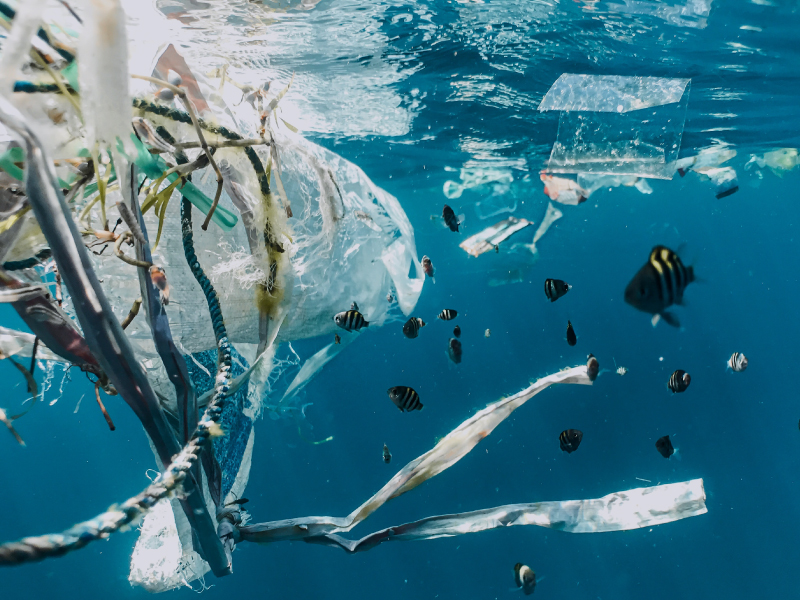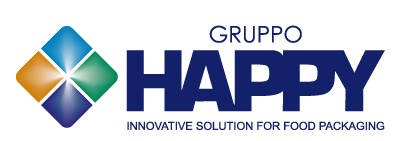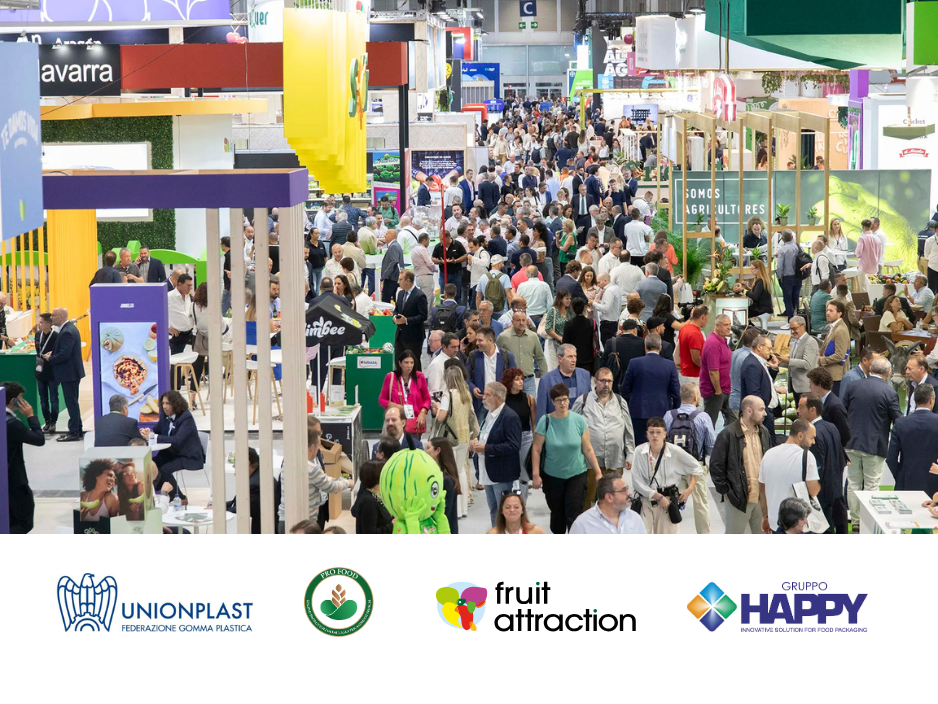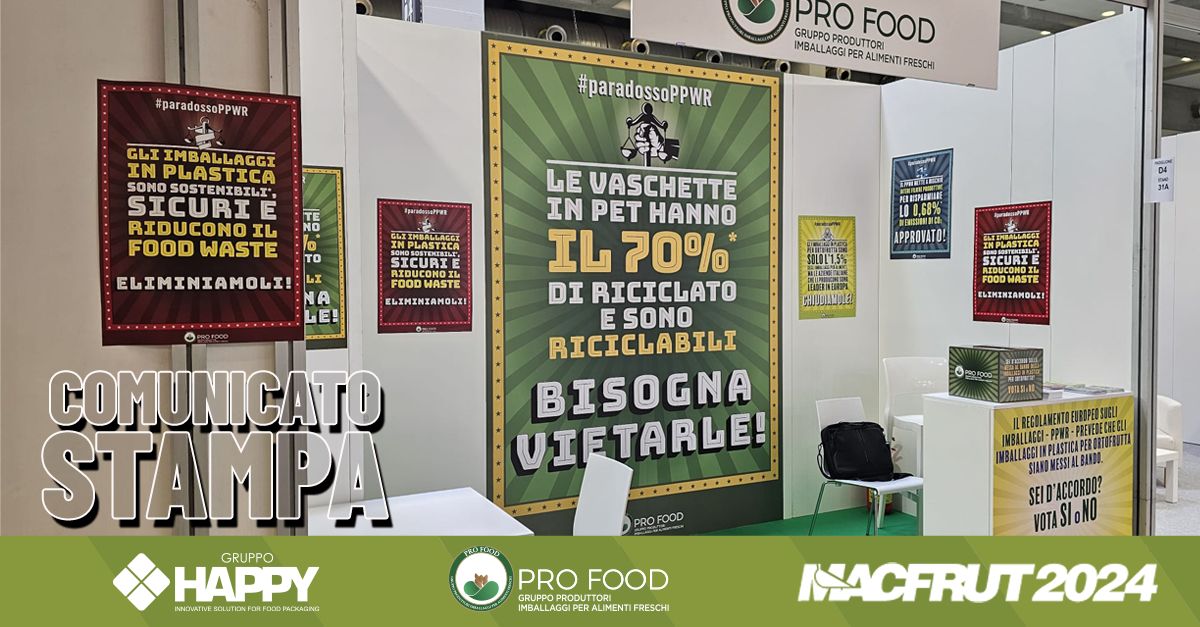The interviewees included the authoritative voice of Fabrizio Bernini, Communication & Sustainability Manager at Gruppo Happy.
The position of the industrial sector is very clear about this: eliminating fruit and vegetable packaging is not the solution (not even for packages below one and a half kilos), even less so if this decision derives from ideological positions not supported by scientific data. At the same time, in this manner, reuse cannot be the solution to the problem of pollution, above all in countries like Italy where recycling has reached very high levels. What’s more, as Carlo Battagliola (farmer) points out, reuse would lead to an increase in costs not only for industry, but for consumers themselves.
In short, Europe should set goals, but not decide on the means and the route with which to reach them.
The European Parliament itself had approved, on 19 January 2012, a resolution on how to avoid food wastage: strategies for a more efficient food chain in the EU (2011/2175(INI)), and specified ever-more efficient packaging as being an effective tool against food waste.
So why are we now talking about eliminating packaging?
Undoubtedly because the composition of the parliament, the council and the commissions has changed. Eleven years have passed since that resolution, and today packaging itself is in the dock because it is accused of an excessive environmental impact and consumption of resources.
But is this really the case?
While maintaining its main function, that is guaranteeing the safety and shelf-life of foodstuffs, packaging has changed; it now weighs a lot less – plastic fruit and vegetable packaging uses at least 70% secondary raw material – and is even more sustainable and recyclable.
As Bernini explains, packaging manufacturers have invested – and continue to invest – significant resources in research in order to develop ever-more sustainable packaging using ever-lower quantities of raw materials, favouring secondary raw materials. The goal is to manage to use much less and simpler materials to make what is now manufactured using more complex materials – all, naturally, to the benefit of recycling.
This is made possible by a recycling supply chain which functions and thus allows a genuinely circular economy to be created, that is where what is produced does not become waste, but once recycled is transformed into new raw material for the production process.
From this point of view, Italy holds a leading position; the new European regulations should therefore not penalise countries who have worked in recent years to reach these levels and results by imposing the elimination of packaging by law or by promoting only certain practices. Our request is therefore to consider reuse and recycling as two parallel, and not opposing, routes: each country should be free to choose to invest in one of the two processes to achieve the set goals, in order to make progress on the road of innovation and not leave the work done to date unfulfilled.
Watch the complete broadcast here:
















